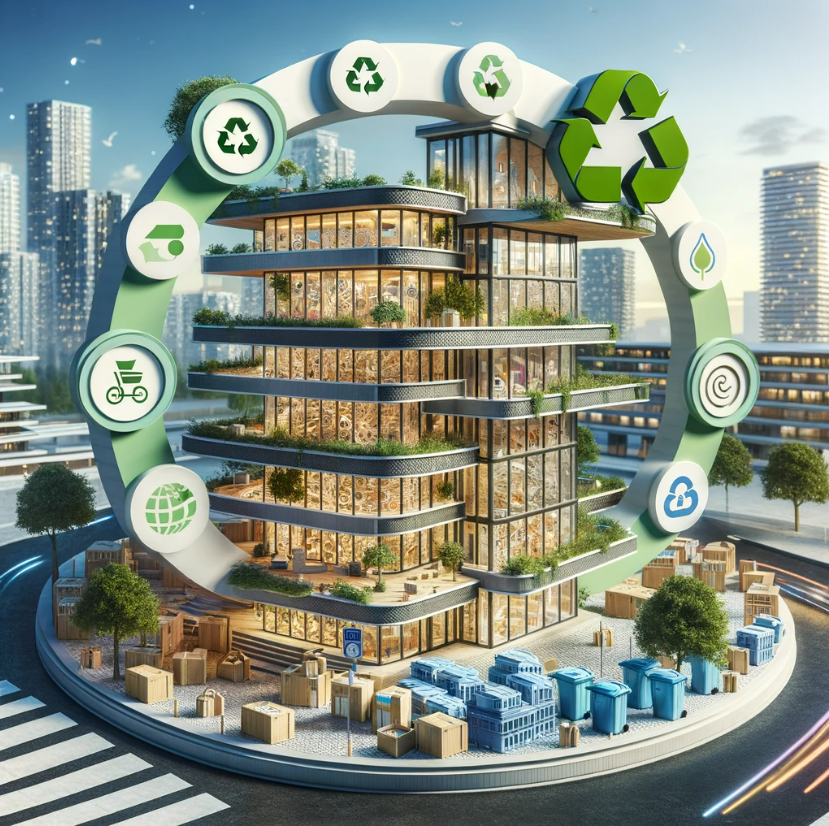News
LEED certification in construction: what does it mean?

LEED certification in construction: what does it mean?
In an increasingly eco-friendly world, the construction sector faces a crucial challenge: sustainability. It is no longer enough to just build impressive structures; we must now strive for buildings that stand out not only in the skyline, but also in their positive impact on the environment. This is where LEED certification comes into play.
What is the LEED certification?
LEED, which stands for ‘The Leadership in Energy and Environmental Design,’ is an assessment method for sustainable aspects in the planning, construction and operation of buildings. The LEED certification was designed by the U.S. Green Building Council (USGBC), a non-profit organization representing a broad range of stakeholders in the construction industry. LEED certification acts as a globally recognized sustainability certificate and evaluates construction projects worldwide against five critical environmental themes:
- Sustainable location
- Efficient water use
- Energy efficiency
- Efficient use of materials and resources
- Quality of the indoor environment
How does it work?
Literally any building can become LEED certified. Think of normal homes to the largest office buildings and skyscrapers. This can concern both new construction and existing buildings. The LEED certification consists of four LEED levels, namely: Certified, Silver, Gold and Platinum. Does a building achieve a Platinum LEED certification? Then the building has the highest possible LEED certification, which means that the building contributes to the environment at the highest possible level.
When drawing up a LEED certification, a building is assessed on the five sustainability themes mentioned earlier. So-called sustainability points are awarded to each theme. A LEED level is assigned based on the number of sustainability points a building earns. The level a building receives depends on the following number of sustainability points:
- Certified (40 to 49 points)
- Silver (50 to 59 points)
- Gold (60 to 79 points)
- Platinum (80 points or more)
What is the purpose of LEED certification in construction?
The primary goal of LEED certification revolves around building a more sustainable society. LEED certification serves as a tool to refine the building construction and design process and improve policies. Buildings that achieve this certification excel in using raw materials and materials efficiently, minimizing their water and energy consumption, reducing their CO2 emissions and being cost-effective. In short, LEED certification offers benefits on all fronts and for all parties involved.
Would you like to find out more about our Circular Plastics Alliance?
If you have any questions, want to make a comment or find our more. please contact us.